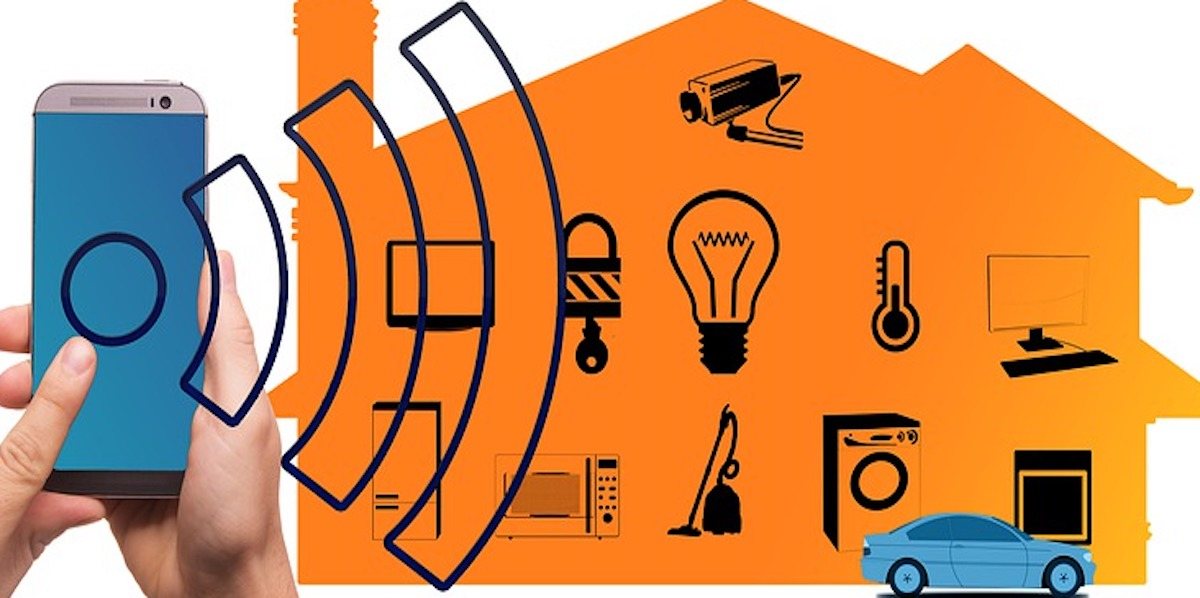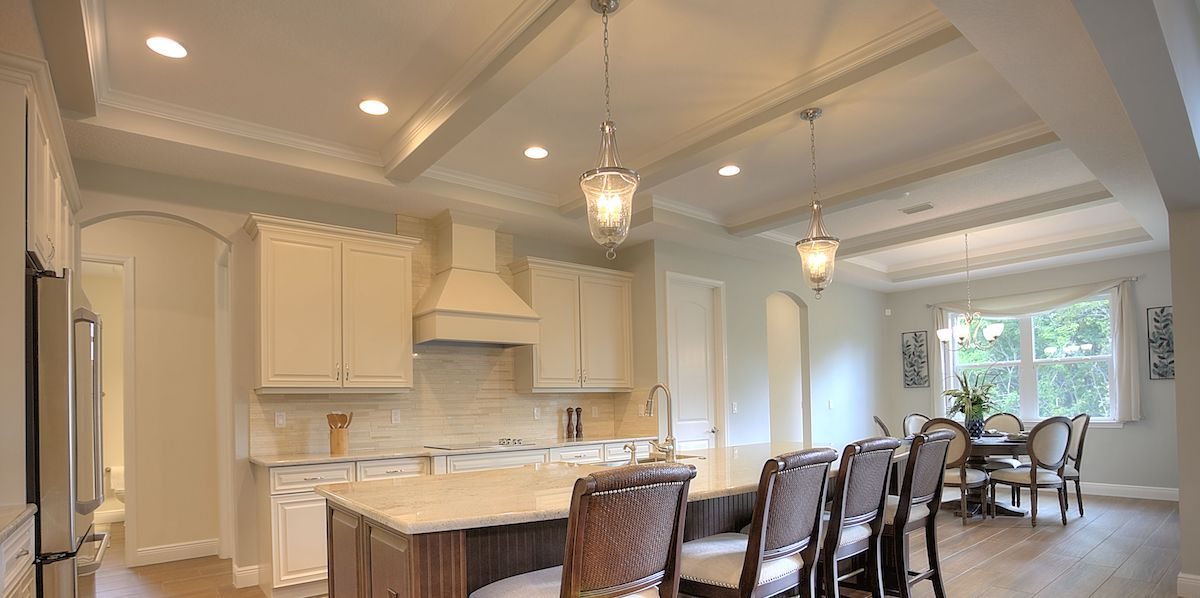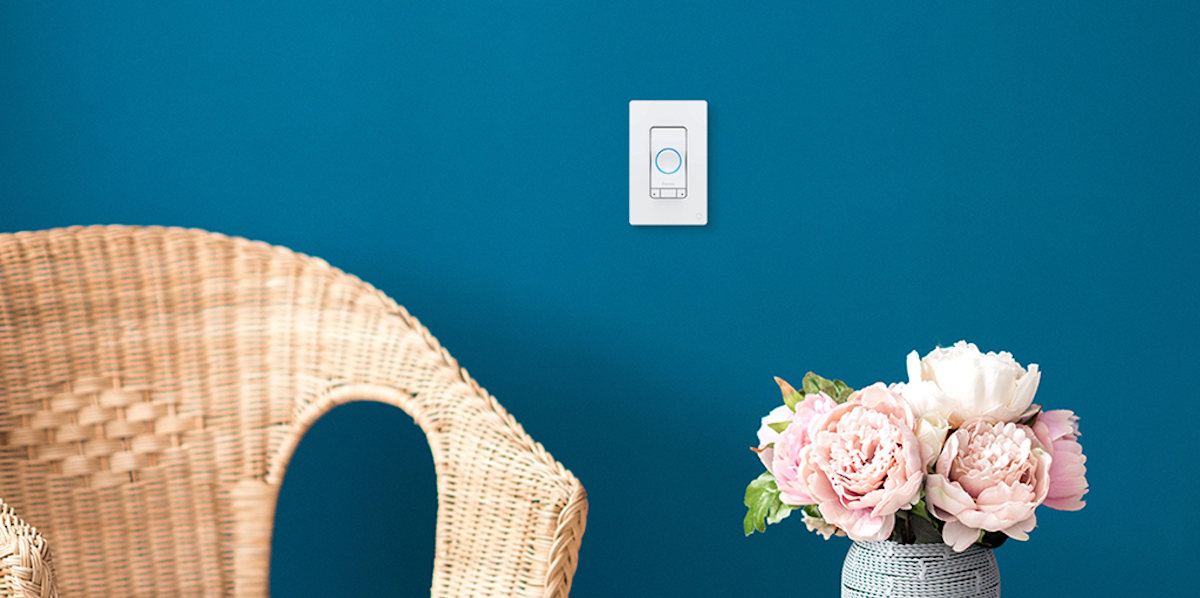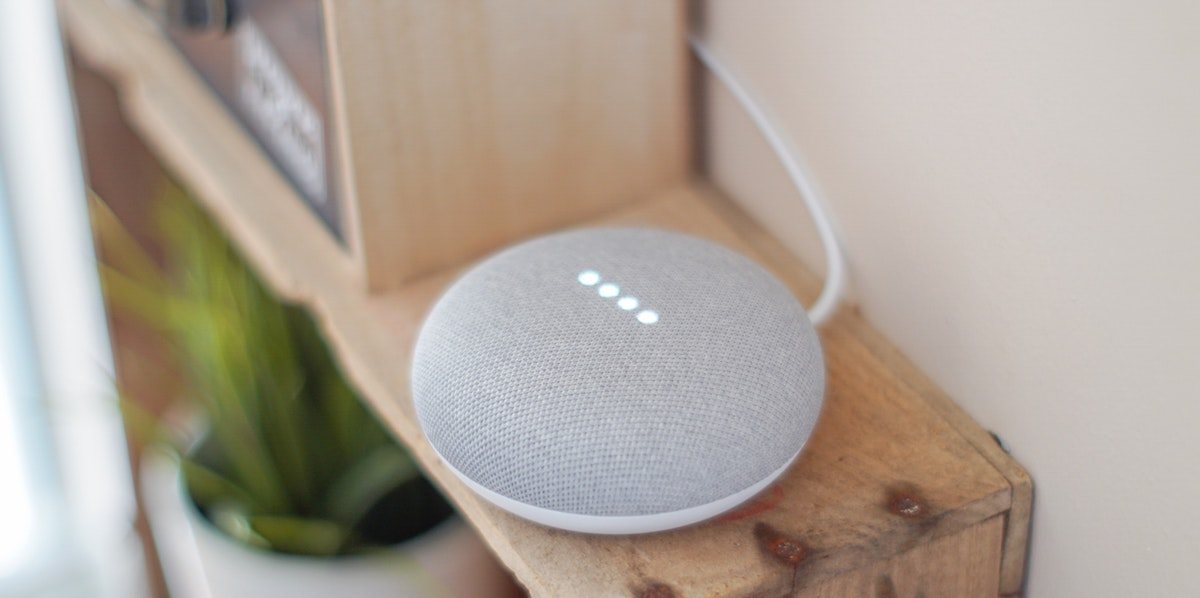iDevices Connected News
Here's what we've been up to at iDevices...
How smart technology can automate your home

What used to be the stuff of science fiction is now becoming commonplace. As connected devices continue to enter the market, more and more consumers are beginning to understand and appreciate how smart homes work. With the global smart home market predicted to rise in value to more than $53 billion by 2022, Statista anticipates American consumer behavior is heading towards wide-scale automation.
So how does smart automation really work? You're probably aware of smart solutions like those within iDevices' own repertoire that can be controlled remotely, or with your voice. There are also smart coffee makers that can make your morning coffee once your alarm rings. You might also be familiar with smart refrigerators that can analyze its own contents and notify you if you’re running out of milk.
But while these gadgets and their nifty features certainly sound futuristic, automation itself doesn’t make them ‘smart.' What separates smart automation from simple automation is the ability to communicate in an interconnected system. Regardless if you’re in the Bahamas or in your basement, a really smart system should be capable of sharing information and executing tasks.
One practical application of smart automation technology is in energy use and sustainability. Smart technology is best utilized when it's customized to suit your needs and in sync with your lifestyle. This way, your overall energy consumption can be optimized to save you money. For example, a smart thermostat can be set to adjust according to what time you're in the house as well as to seasons. Lights can be set to turn off automatically when you leave your home, and your refrigerator can send you a notification if you leave it open. Overall, a smart home makes sure that minimal energy is wasted.
Home security is another aspect that could benefit from automation. The most basic smart security solutions often include remote cameras. An early pioneer in the technology, Verizon Connect, highlights the role of automated monitoring which focuses on improving asset safety. You can apply the same principle to your home by setting more advanced alarm systems. Smart cameras can now analyze visual data to detect home intruders so you don’t have to constantly monitor a camera feed. In case of suspicious activity inside or outside of your home, a smart security system can lock the doors and contact the authorities. You can further improve your security system with more advanced features such as pressure pads and data sensors. Wareable notes that some security systems now come equipped with the ability to record not only visuals, but also changes in humidity and temperature. These have become crucial in areas like detective work and law enforcement, and can supplement visual information to make your security system even smarter.
In tandem with these applications, controlling your smart home has become a lot easier. There are now a number of wireless connectivity solutions available on the market. Because of these innovations, setting up your own smart home has also become easier in recent years. A previous post on creating a smart home from scratch is a great guide for those just starting out.
As wireless technology develops, it is safe to say that smart technology isn’t just another fad; instead it will most likely become very prominent in homes in the near future.



